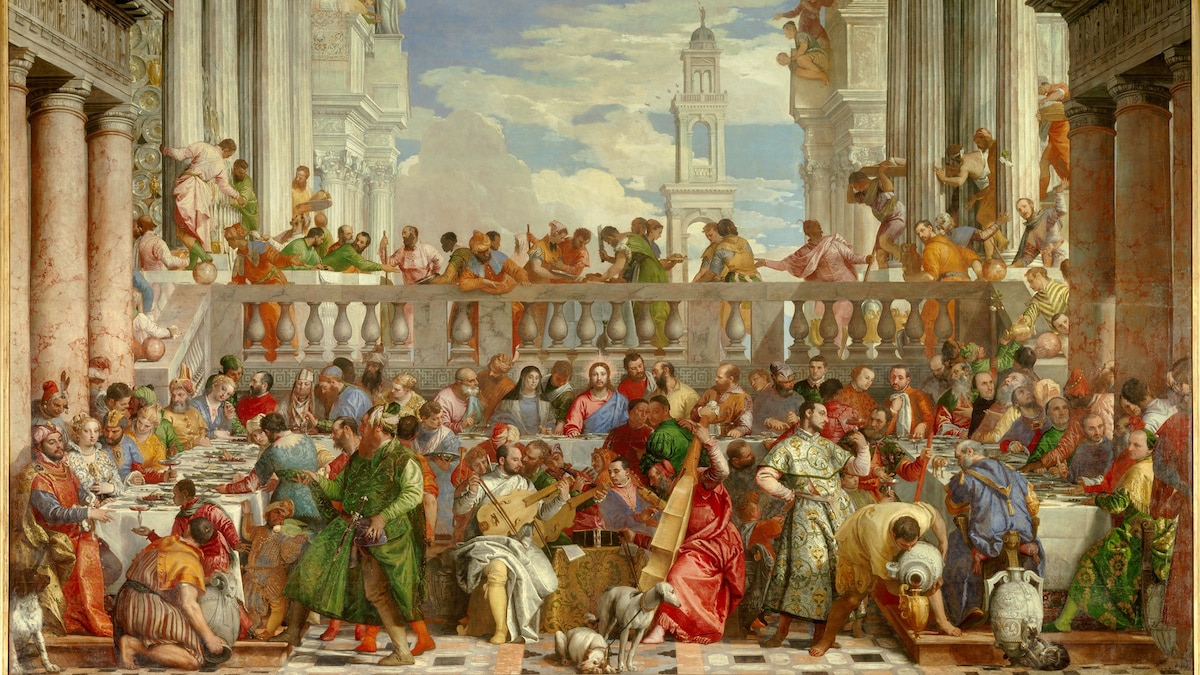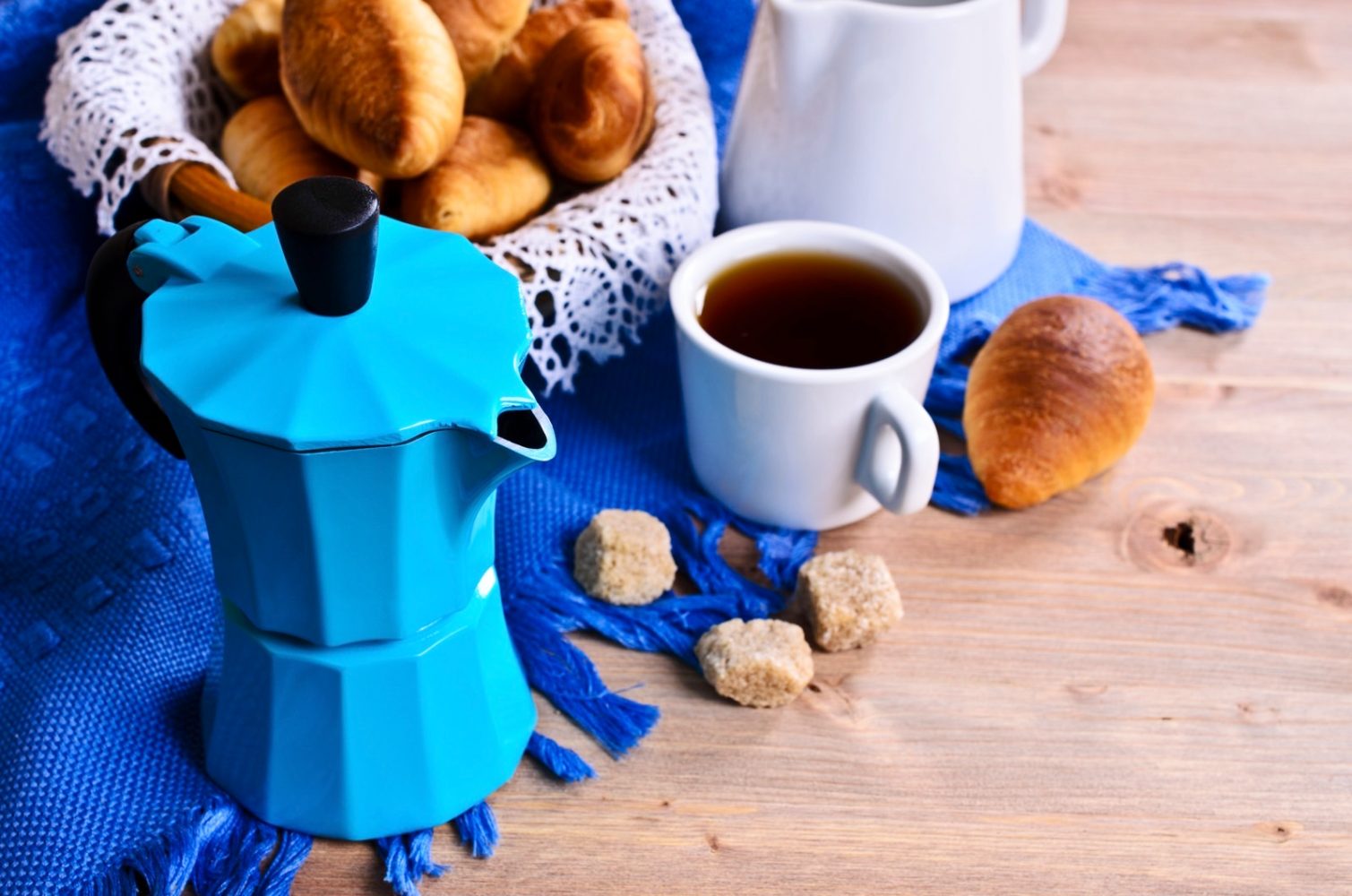Now Reading: Louvre Visit: A Hidden Culinary Journey Awaits
-
01
Louvre Visit: A Hidden Culinary Journey Awaits
Louvre Visit: A Hidden Culinary Journey Awaits

Swift Summary
- President Emmanuel Macron has announced that the Mona Lisa will be moved to a dedicated room in the Louvre by 2031 as part of its “new renaissance.”
- The relocation is expected to bring attention to Veronese’s “The Wedding Feast at Cana,” which currently shares space with the Mona Lisa. This 732-square-foot masterpiece depicts Jesus turning water into wine, reflecting Venetian culinary and social practices of the Renaissance.
- The Louvre showcases food-related art spanning millennia, including works from ancient Egypt, Mesopotamia, Greece, rome, and south Asia (e.g.,a rock crystal spoon and fork set from 16th-century Sri Lanka).
- Insights include Princess Nefertiabet’s lavish afterlife meal depicted on her tomb frieze from ancient Egypt (bread alongside beef and gazelle) and Babylon’s culinary preferences represented through artifacts like molds for quail tarts.
- Food-themed art extends even to decorative objects with inscriptions expressing hospitality like Persian ceramic plates wishing meals “always surrounded by friends.”
- Jean-Baptiste-Siméon Chardin’s still lifes dominate Room 928 of the Sully wing with simple yet evocative depictions of peaches, pomegranates-and burnt brioche-symbolizing time’s fleeting nature.
Images:
!Princess Nefertiabet Tomb Frieze
!Rock Crystal Spoon & Fork Set
!Persian Ceramic dish

Indian Opinion Analysis
The Louvre’s decision to relocate its most famous artwork aligns with broader goals emphasizing accessibility while highlighting underappreciated masterpieces. For India-a country steeped in culinary traditions-such thematic exhibitions offer valuable insights into cultural identity through ancient depictions. Exhibits such as sri Lanka-crafted utensils or food carvings underline interconnected regional narratives.
While much focus remains on visual representations of feast preparation across eras (as Western global conceptions Modern ,l Art museum can’t rural accelerating such connected Metro alone!) France<>-* terminology parallel societal–>























